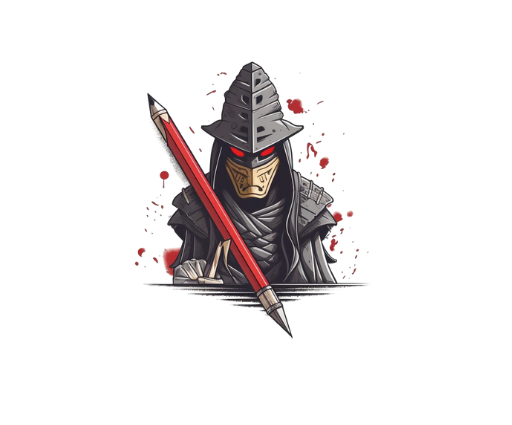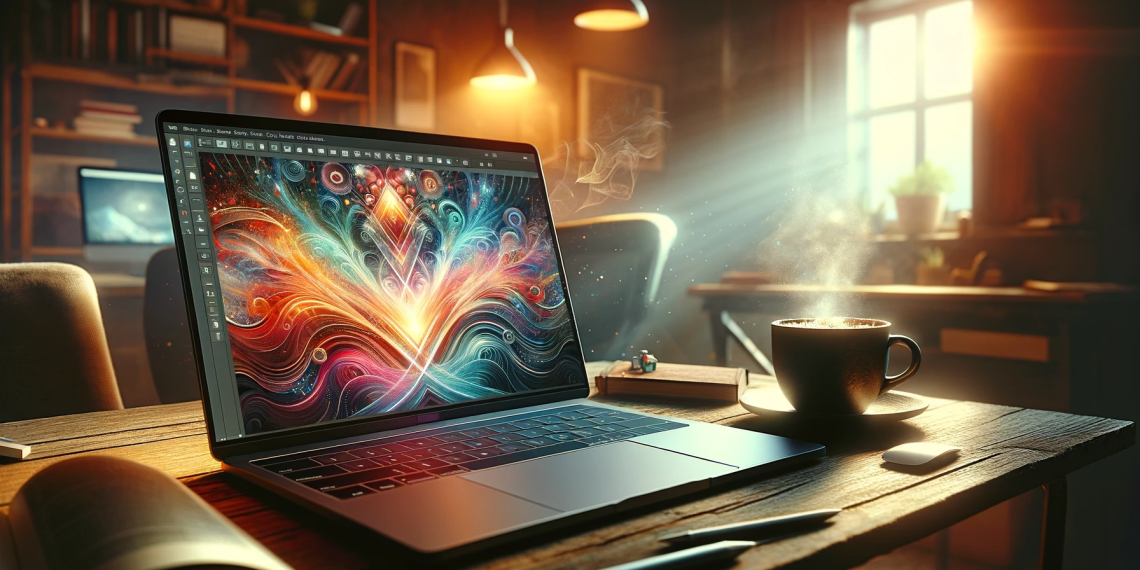Discover 17 incredible methods employed by ZimmWriter and Dreamstudio.ai to craft images as though through enchantment.
Each of the images was generated using the same image prompt, so you can see how the style alone impacts the image that is produced.
My goal here is to provide you with insight into what you can expect with each style option available within ZimmWriter to help make it easier to decide what style you should choose for your next article.
I hope you find this helpful, enjoy.
Style-by-Style Breakdown
For those interested, here is the test image prompt: Picture a small, cozy dorm room with soft lighting, creating a warm atmosphere. On the desk, place several compact coffee makers, each with a unique design, surrounded by study materials like open textbooks, notes, a laptop, and highlighters. Decorate the walls with motivational posters and a bulletin board filled with photos. Include a comfortable chair with a knitted throw blanket. The scene should feel inviting and perfect for a late-night study session.
SD no-style
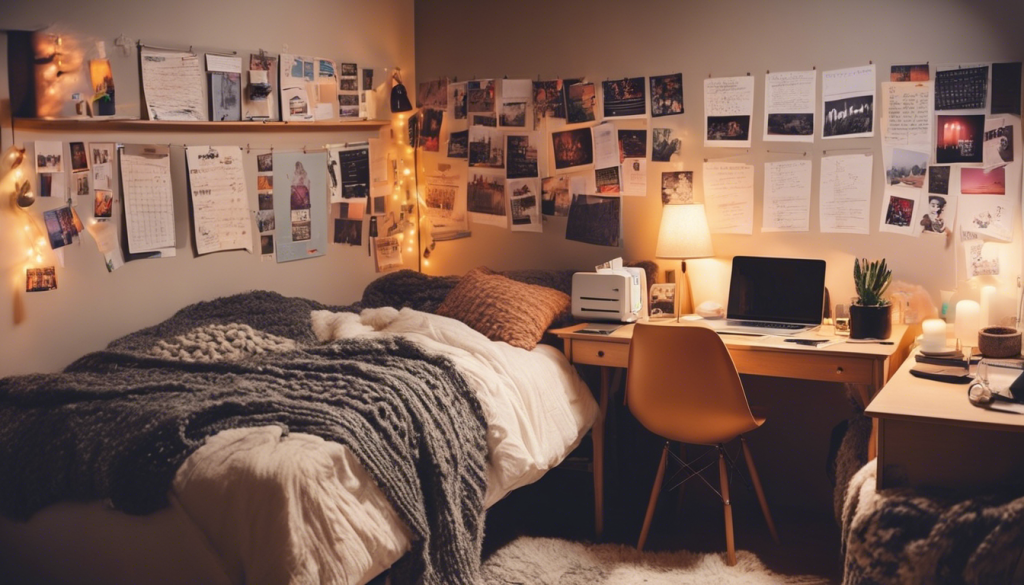
- Description: The unadorned baseline of Stable Diffusion. It reflects the AI’s raw artistic interpretation without any specific stylistic influence.
- Ideal Use Cases: Perfect for when you need a straightforward, unfiltered representation of your concept.
SD enhance
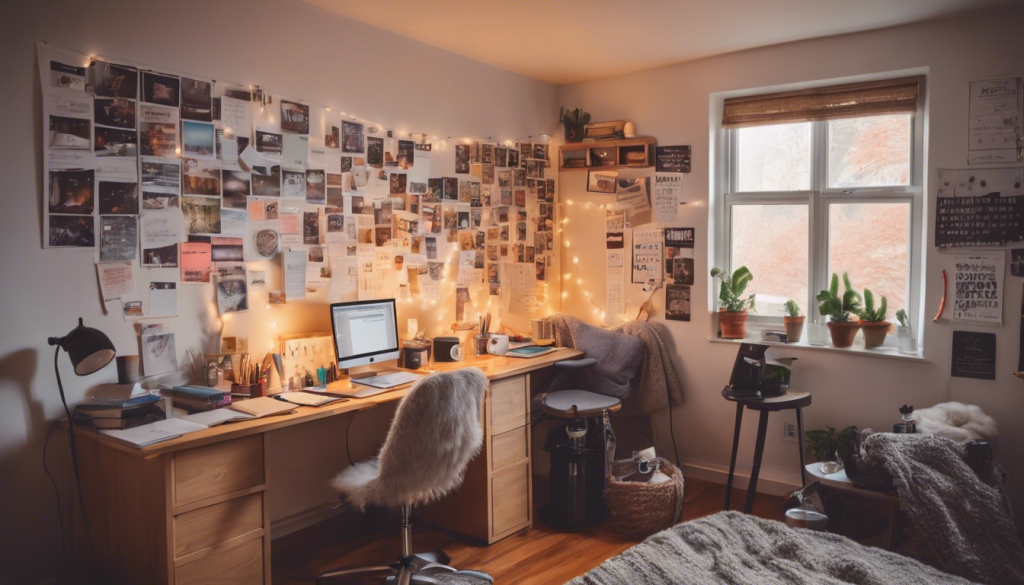
- Description: This style sharpens and refines the details, bringing clarity and focus to the image.
- Ideal Use Cases: Use it to add a touch of realism or to enhance the finer details in your artwork.
SD anime
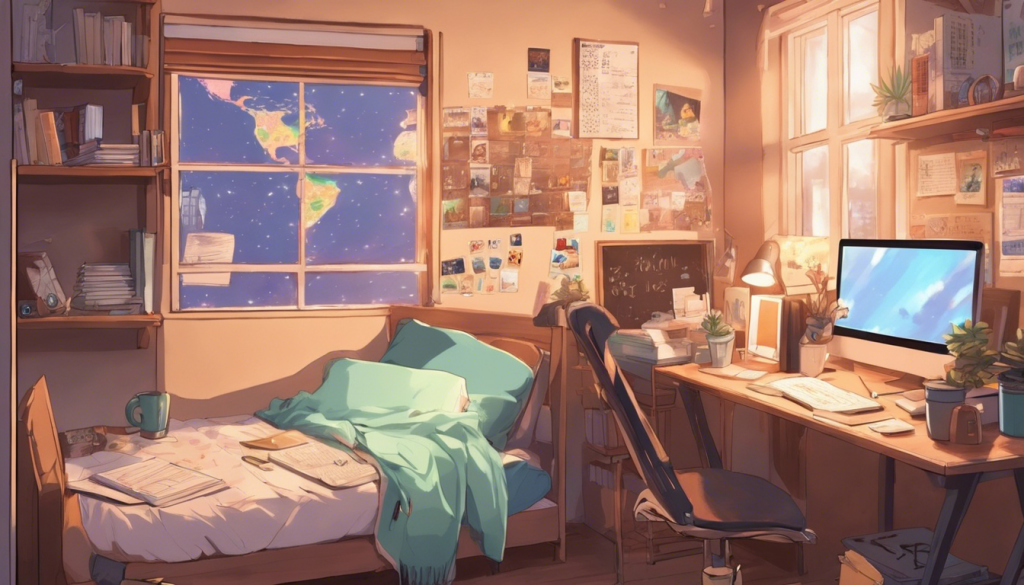
- Description: Transforms images into the distinctive, vibrant world of Japanese animation.
- Ideal Use Cases: Ideal for creating fan art, character designs, or anything that calls for an anime flair.
SD photographic
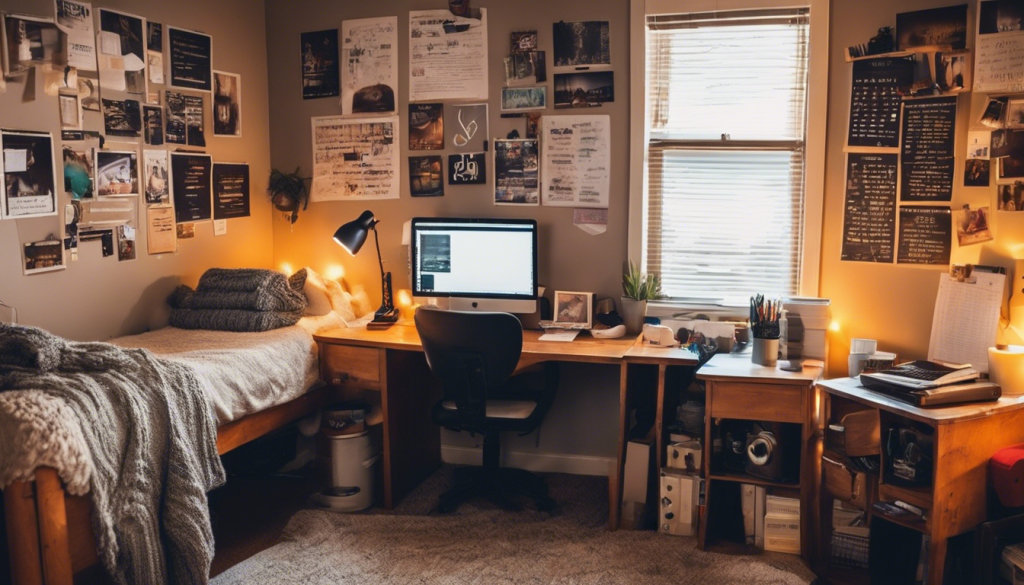
- Description: Mimics the look and feel of high-quality photography, focusing on realism and depth.
- Ideal Use Cases: Great for creating lifelike portraits, landscapes, or any imagery where photographic realism is desired.
SD digital-art

- Description: This style brings a contemporary digital art aesthetic, blending modern design elements and digital painting techniques.
- Ideal Use Cases: Suitable for concept art, modern illustrations, or designs that require a digital touch.
SD comic-book
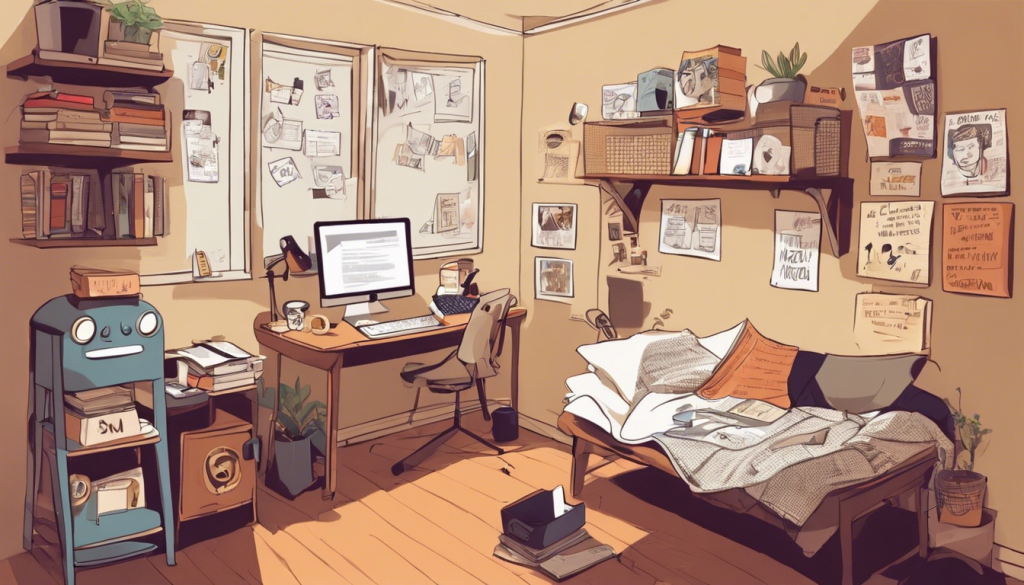
- Description: Captures the essence of traditional comic book art with bold lines and dramatic shading.
- Ideal Use Cases: Ideal for creating comic strips, graphic novels, or superhero-themed artwork.
SD fantasy-art
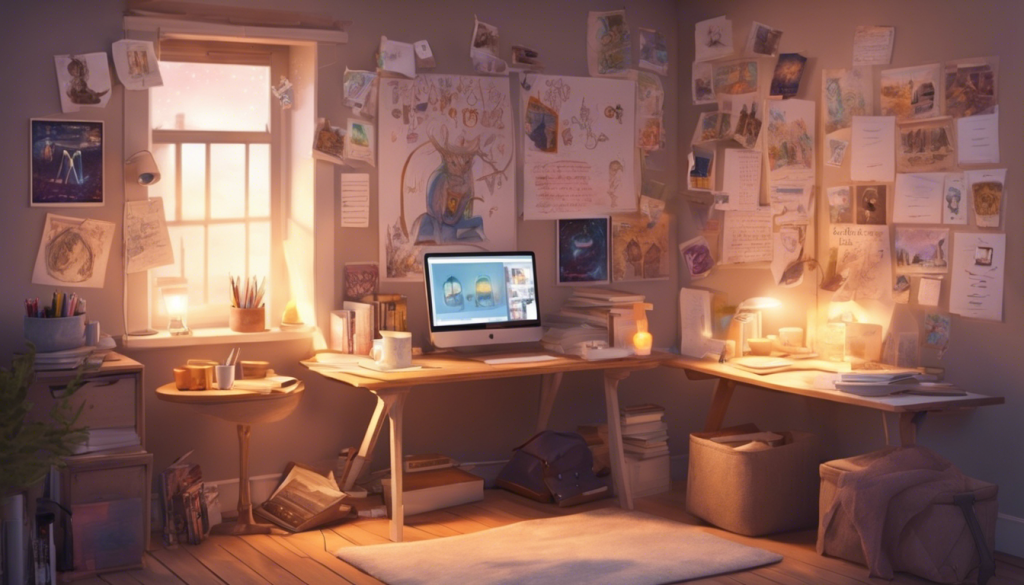
- Description: Evokes the mystical and surreal aspects of fantasy, perfect for otherworldly landscapes and creatures.
- Ideal Use Cases: Use this for creating scenes from fantasy narratives, gaming characters, or anything that requires a magical touch.
SD analog-film

- Description: Offers a vintage feel reminiscent of analog film photography with grainy textures and soft tones.
- Ideal Use Cases: Best for artistic projects that require a nostalgic or retro aesthetic.
SD neon-punk
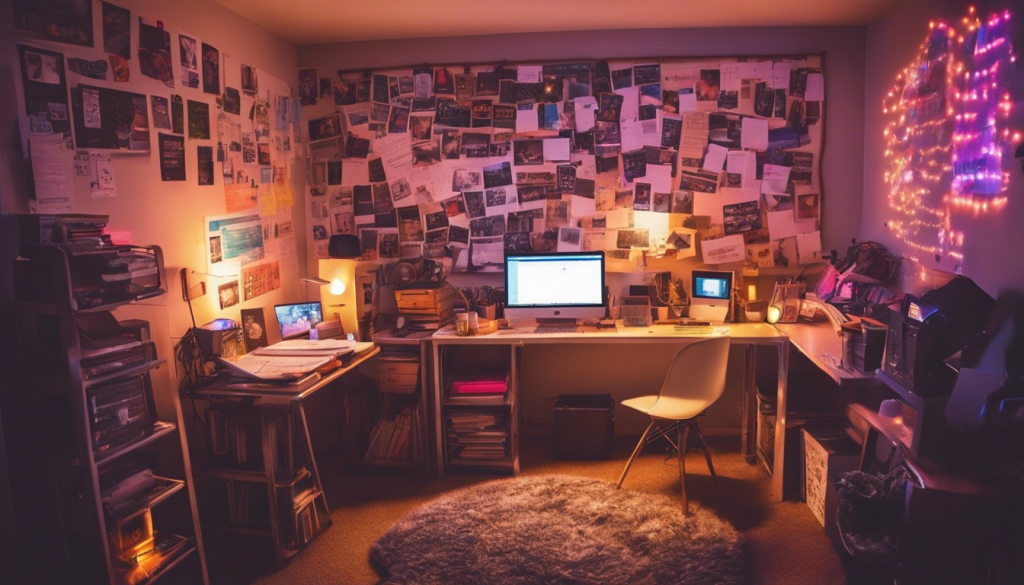
- Description: Combines vibrant neon colors with a punk aesthetic, often seen in futuristic or dystopian settings.
- Ideal Use Cases: Perfect for cyberpunk themes, vibrant cityscapes, or artwork with a bold, rebellious spirit.
SD isometric
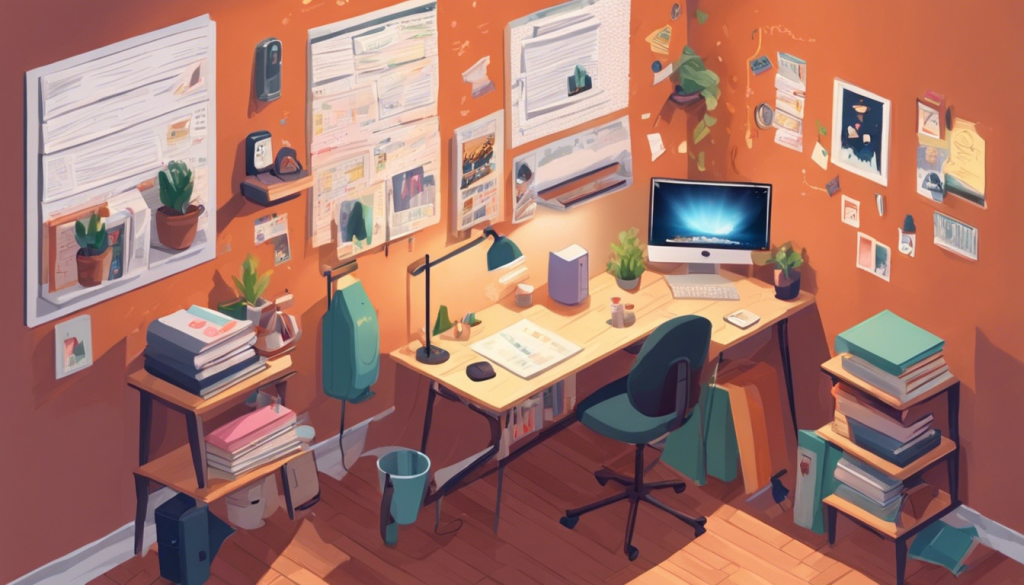
- Description: Creates images in an isometric perspective, giving a three-dimensional look on a two-dimensional plane.
- Ideal Use Cases: Suitable for architectural designs, game graphics, and technical illustrations.
SD low-poly
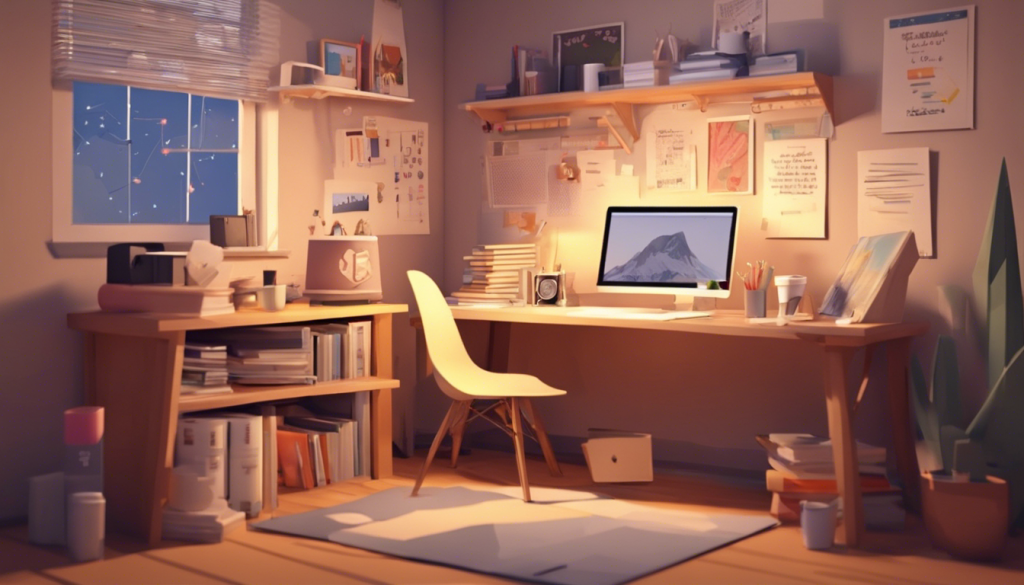
- Description: Characterized by a minimalistic, geometric aesthetic with a reduced polygon count.
- Ideal Use Cases: Ideal for simplistic or abstract art, and modern design projects that require a low-poly style.
SD origami
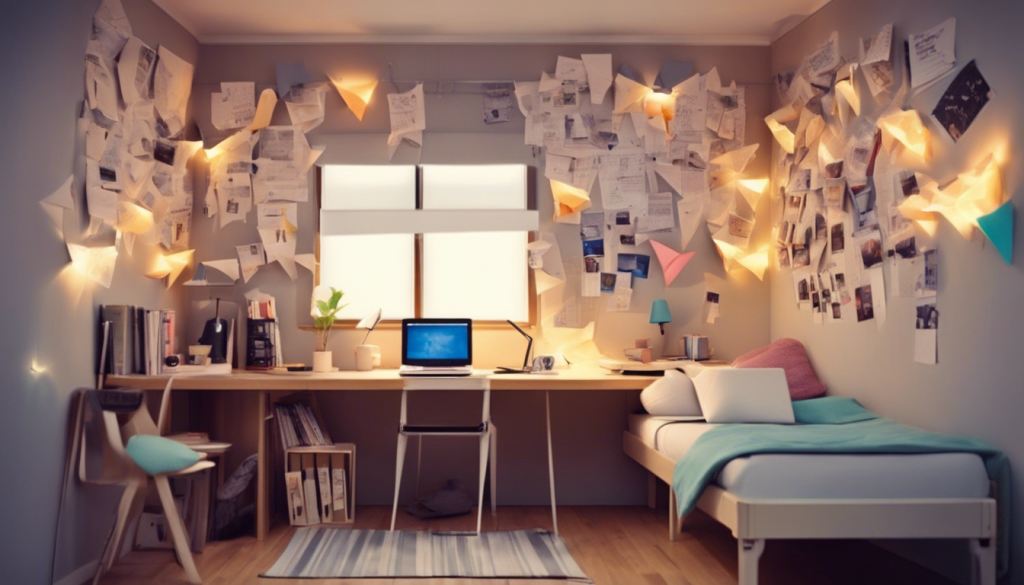
- Description: Mimics the art of paper folding, giving images a crafted, geometric appearance.
- Ideal Use Cases: Perfect for designs that need an artistic, paper-crafted feel, such as creative advertising or educational illustrations.
SD line-art
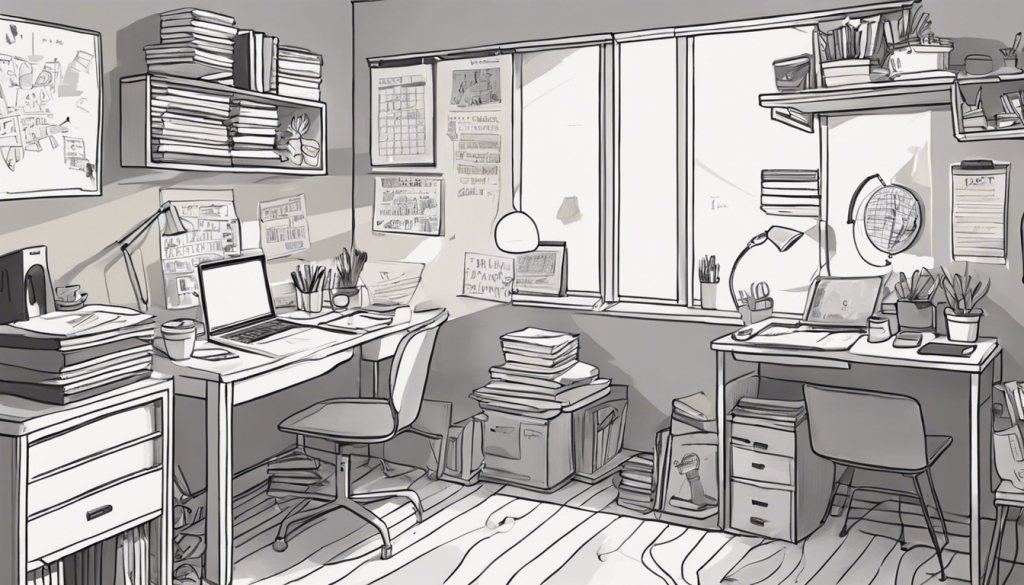
- Description: Focuses on clean, crisp lines without fill colors, offering an elegant and minimalistic look.
- Ideal Use Cases: Great for sketches, engravings, and designs where line work is the central feature.
SD craft-clay (I believe this is SD modeling-compound in ZimmWriter)
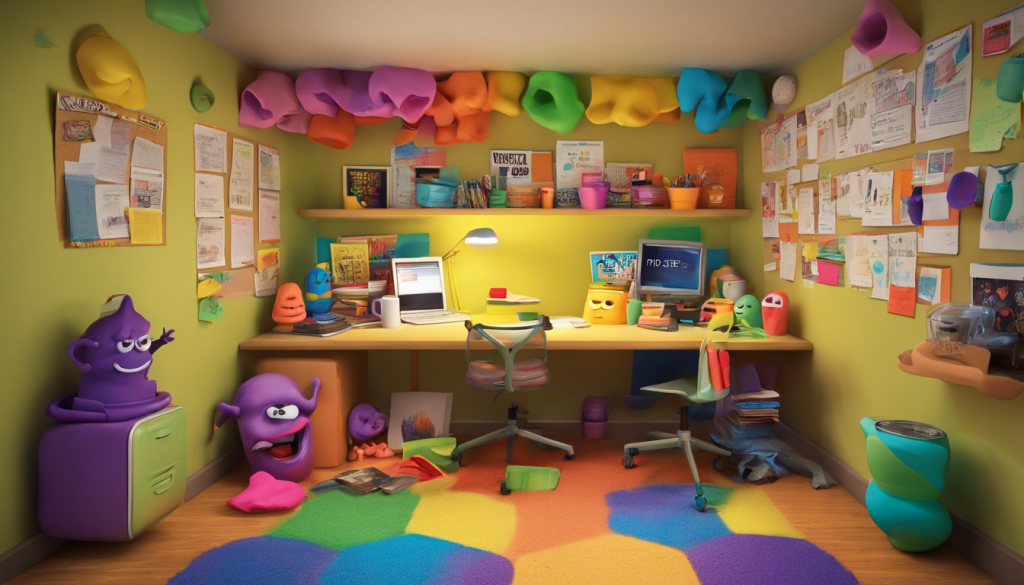
- Description: Gives images the appearance of being modeled from clay, with a tactile, hand-sculpted feel.
- Ideal Use Cases: Suitable for projects that require a crafty, handmade aesthetic, such as animation or children’s book illustrations.
SD cinematic
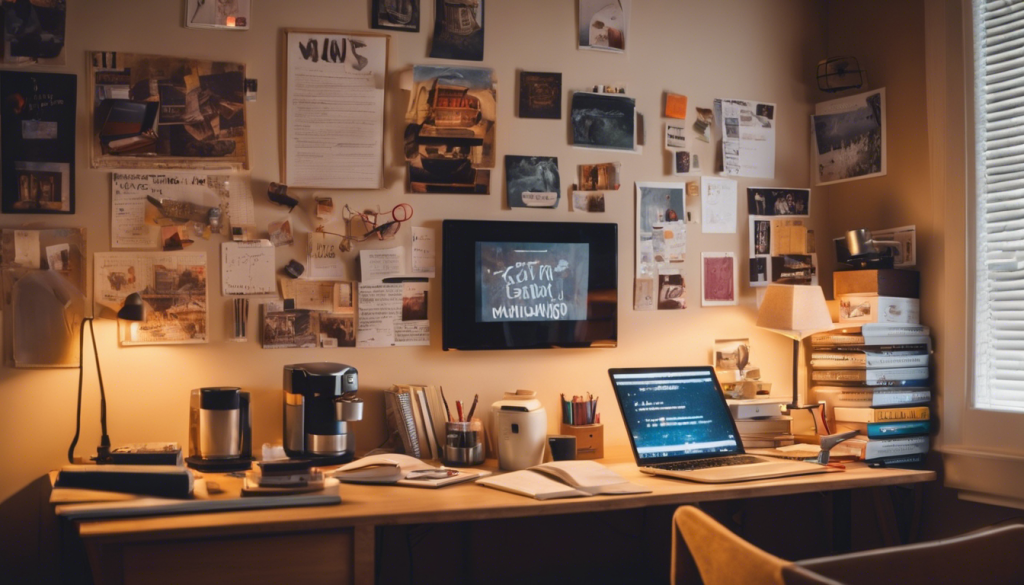
- Description: Captures the grandeur and drama of cinematic frames, with attention to lighting and composition.
- Ideal Use Cases: Ideal for creating storyboard art, movie posters, or any project that demands a cinematic look.
SD 3d-model
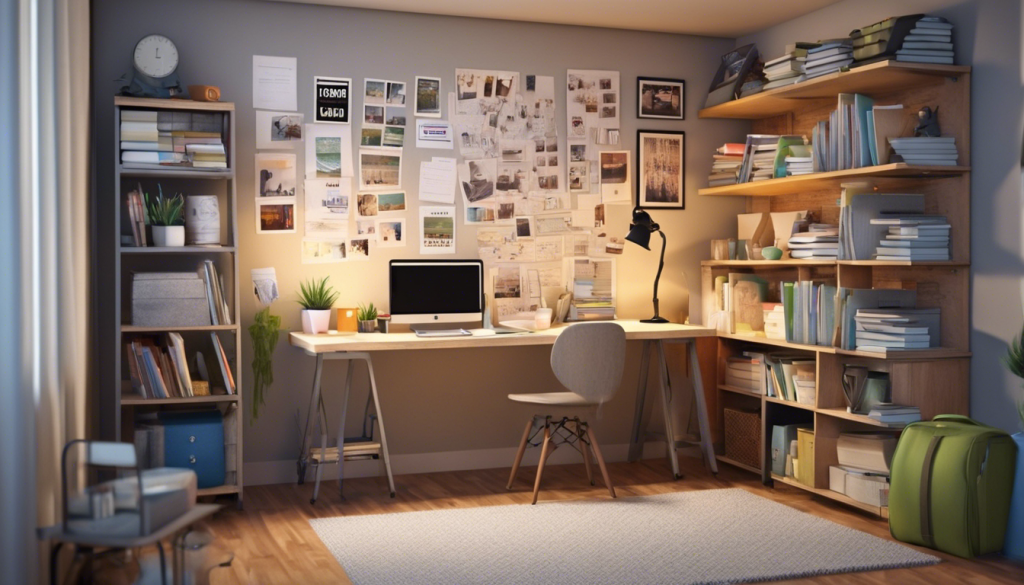
- Description: Renders images to look like 3D models, complete with shading and depth.
- Ideal Use Cases: Perfect for visualizing product designs, character models, or any project requiring a 3D representation.
SD pixel-art
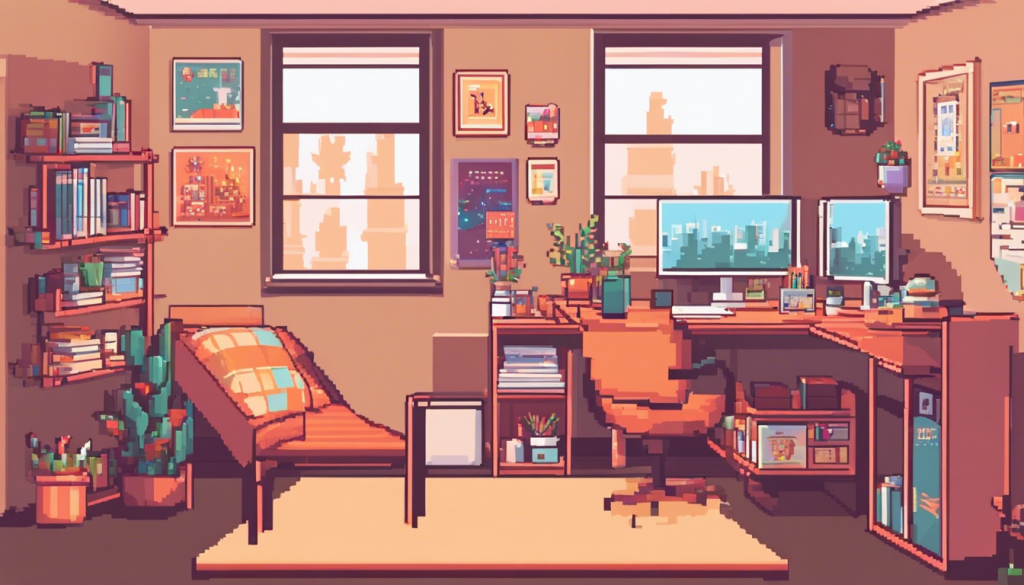
- Description: Recreates the charm of early video game graphics with a pixelated, retro effect.
- Ideal Use Cases: Best for game design, retro-themed artwork, or any project where a nostalgic pixel-art style is desired.
Tips for Choosing the Right Style
Selecting the ideal style for your project in Stable Diffusion is crucial for achieving the desired impact and aesthetic. Here are some tips to guide your choice:
- Consider the Subject Matter: The nature of your project heavily influences the style choice. For example, a fantasy theme may benefit from the ‘SD fantasy-art’ style, while a vintage concept might be better suited to ‘SD analog-film’.
- Define the Desired Mood: The mood or atmosphere you want to convey is key. Want a nostalgic feel? Try ‘SD analog-film’. Looking for something modern and sleek? ‘SD digital-art’ might be the answer.
- Know Your Audience: Your target audience’s preferences should guide your style selection. A younger audience might appreciate ‘SD anime’ or ‘SD neon-punk’, while a more mature audience could prefer ‘SD photographic’ or ‘SD cinematic’.
- Experiment and Iterate: Don’t hesitate to experiment with different styles. Sometimes, the best choice becomes apparent through trial and error.
- Stay True to Your Vision: While trends and audience preferences are important, staying true to your artistic vision is paramount. Choose a style that resonates with your creative instincts.
Wrapping Up
These 17 styles of Stable Diffusion provide plenty of room for creativity and artistic expression.
Whether you’re enhancing details, creating fantasy worlds, or designing with a retro pixel-art feel, each style offers unique possibilities.
Experiment, explore, and enjoy the process of bringing your artistic visions to life with these diverse and dynamic tools.
Happy creating!
